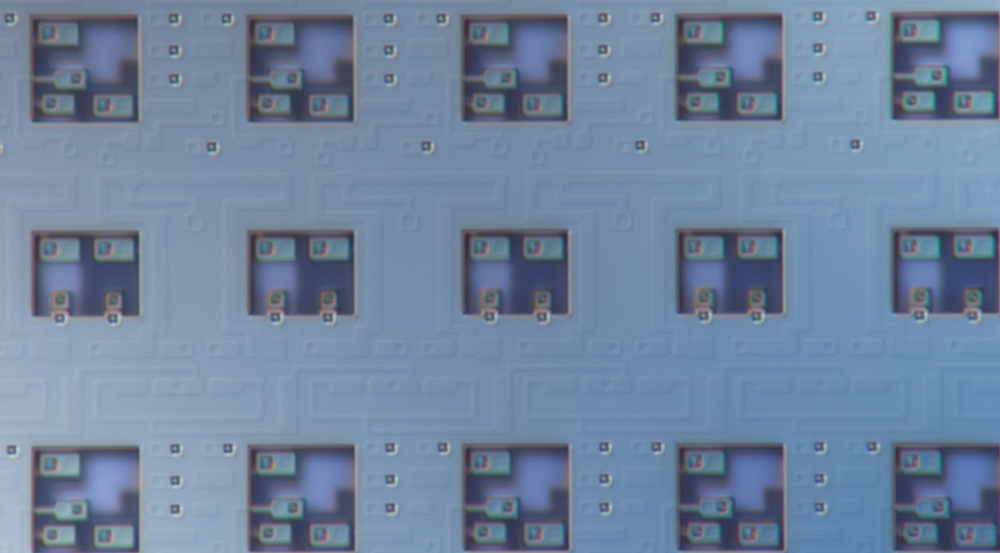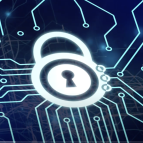Superconducting Content-Addressable Memories (SuperCAMs)

The Department of Defense (DoD) has an excess of data generated by its own sensors. Much of the data cannot be efficiently processed and, therefore, goes unused. Modern central processing units (CPU) hit a “memory wall,” in which memory throughput — the rate at which data can be read from or written to memory — limits the system’s ability to filter and select data fast enough to be useful. Unconventional computing architectures, such as superconductive circuitry, hold promise for accelerating memory throughput beyond what traditional CPUs can provide.
Lincoln Laboratory researchers are pursuing such approaches to bypass that memory wall. One approach is developing superconducting content-addressable memories (SuperCAMs), a form of memory that enables very-high-speed searching. Our SuperCAMs use the quantum properties of superconductive circuits (i.e., circuits with zero electrical resistance when operated at extremely cold temperatures) to store and compare greater than two discrete logic states. This beyond-binary, many-state logic significantly improves memory throughput without increasing the surface area of the circuits. Initial tests of this memory unit demonstrated pattern-matching across the entire digital Library of Congress nearly 30 times faster than conventional memory.
At the same time, our team is developing compiler technologies that map algorithms to these memory circuits, enabling computation to be performed in memory for significant performance gains. We are also designing software-hardware architectures to be able to integrate leap-ahead memory technologies into cyber sensing devices. Such integration could improve the real-time data processing of devices that monitor and protect DoD networks.




